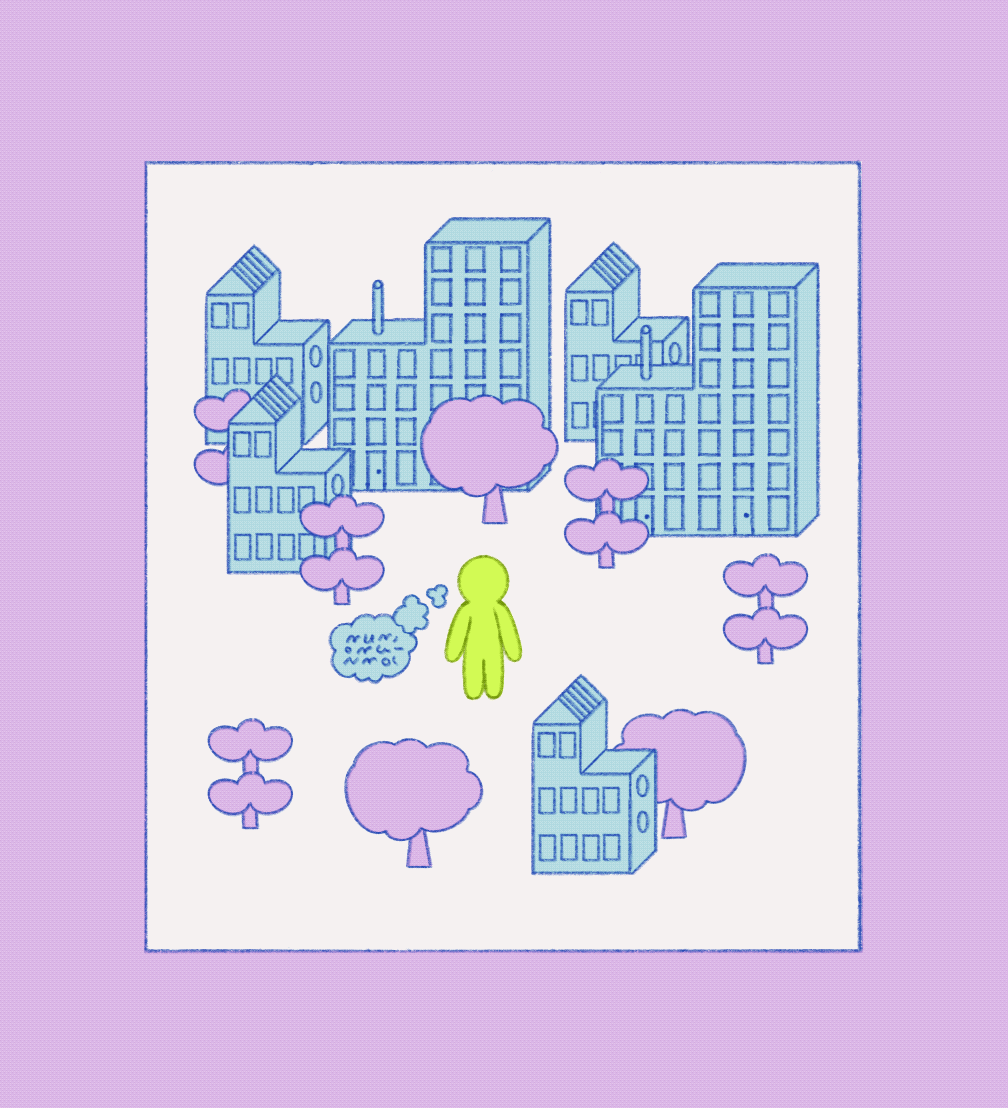
This autumn has been a productive one for architect Igors Malovickis: last week, together with the Arhiteksti team, he received the Latvian Architecture Award for the process Astra Zariņa — A Force of Nature, and among the finalists was the twin house in Ādaži by studio Substarata, co-founded by Igors. He is also part of the team, whose proposal for the Latvian exposition at the Venice Architecture Biennale was awarded second place in the design competition. In the Nice Touch section, Igors talks about a physical and digital activity that helps him think.
«In my creative practice, I focus on bringing the ideas, research, and designs that emerge from the team to life, finding ways to give these figments of the imagination a concrete structure and form. Despite the complex nature of these processes, I have come to realise that simple actions help to solve complex situations.
I believe it is important to be aware of the environment in which productive processes of thinking emerge. I often go for long walks after working in the studio to immerse myself in deep reflection on current events. Sometimes I prefer to do this in the late evenings, when the streets are emptier and the sky feels taller. When I can’t physically go somewhere, Google Maps and Street View help me wander through new and uncharted places. It is this inquisitive activity that helps me to explore new horizons of possibility and to discover the contexts in which we create new exhibitions, architecture, and collaborations. Often it works out quite well, and I find myself in a small town in Italy.»
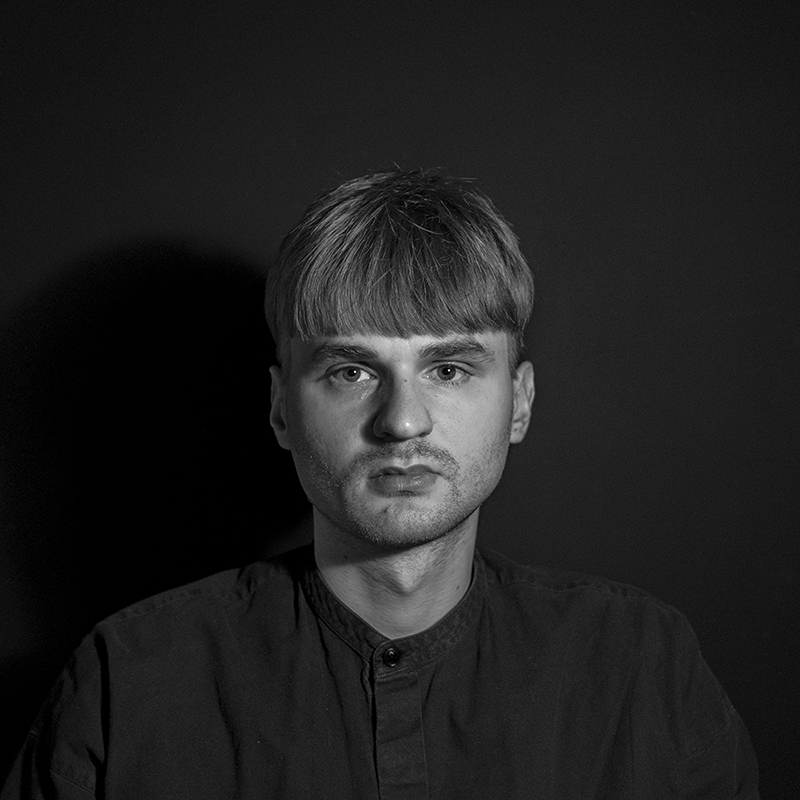
Igors Malovickis, co-founder of the Arhiteksti foundation and the Substrata studio, is not only a practicing architect but also an explorer of architectural ideas. This year, the process Astra Zariņa — A Force of Nature, carried out by Arhiteksti, was one of the four recipients of the Latvian Architecture Award. The project focuses on the Latvian architect and educator Astra Zariņa, who has influenced several generations of architects but has not been widely known in Latvia. You can read more about her work and the Arhiteksti project in Igors’ article.
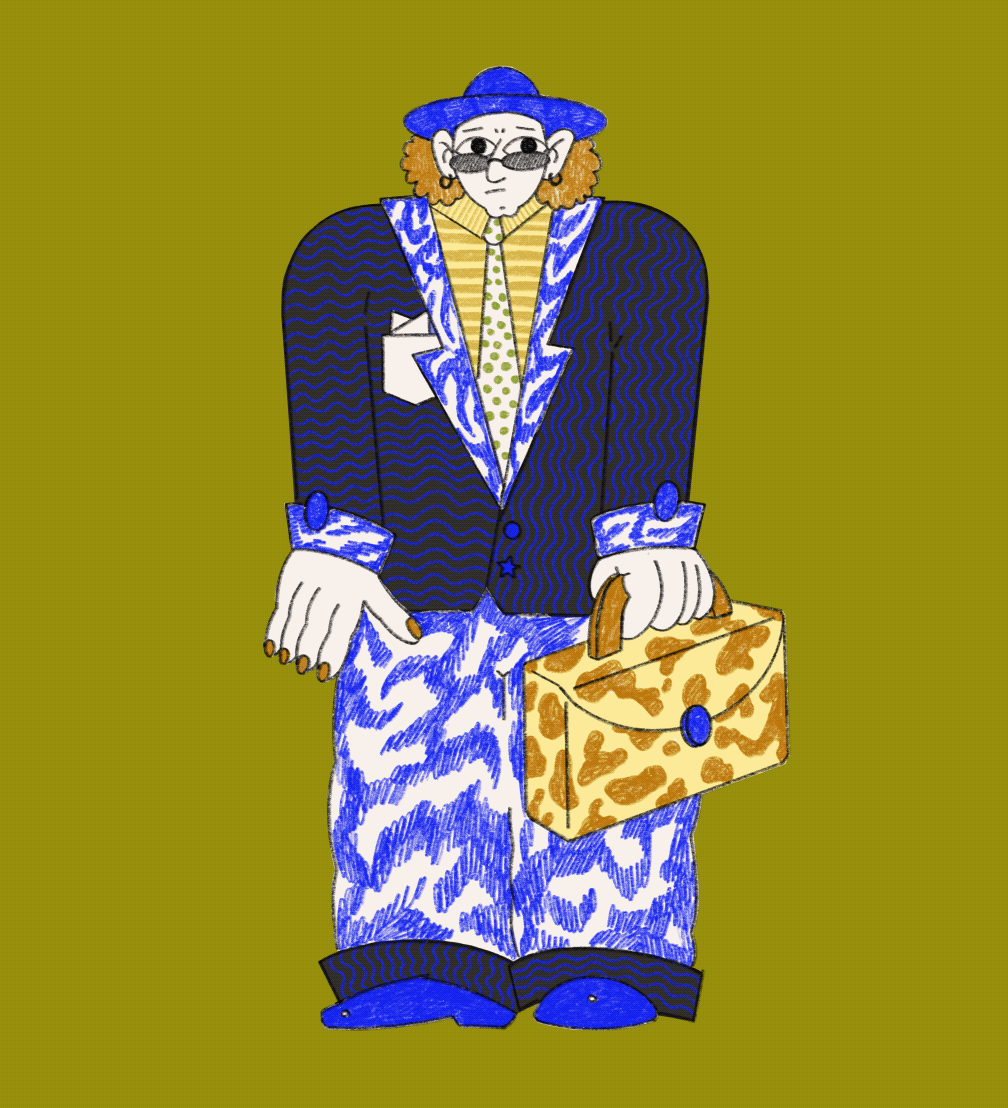
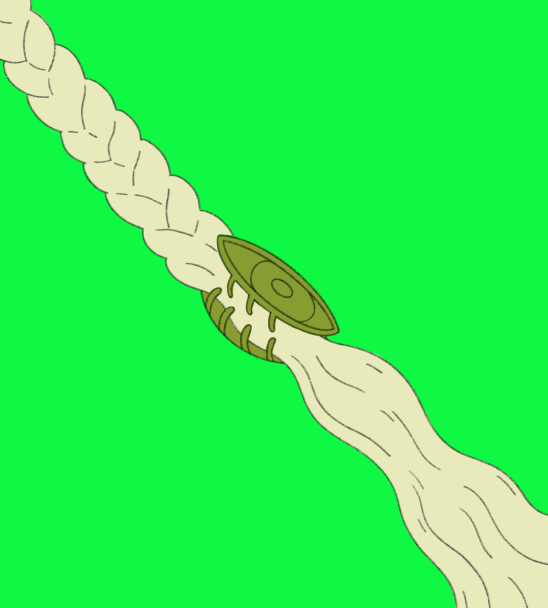
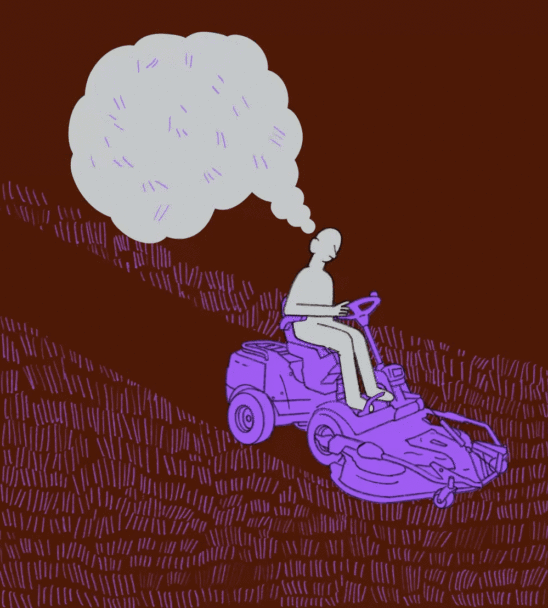
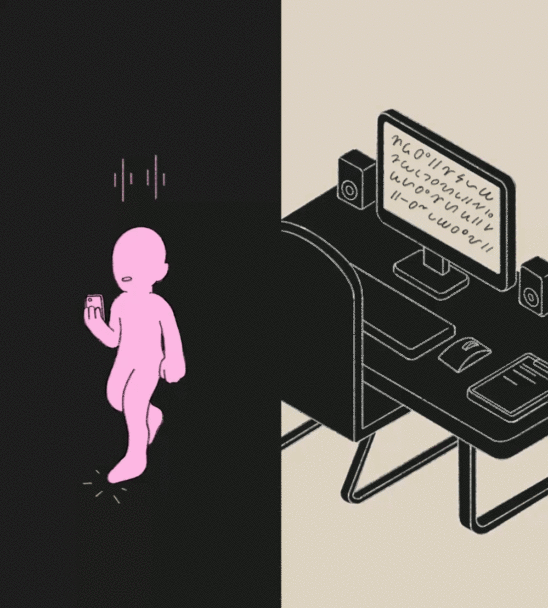
Viedokļi